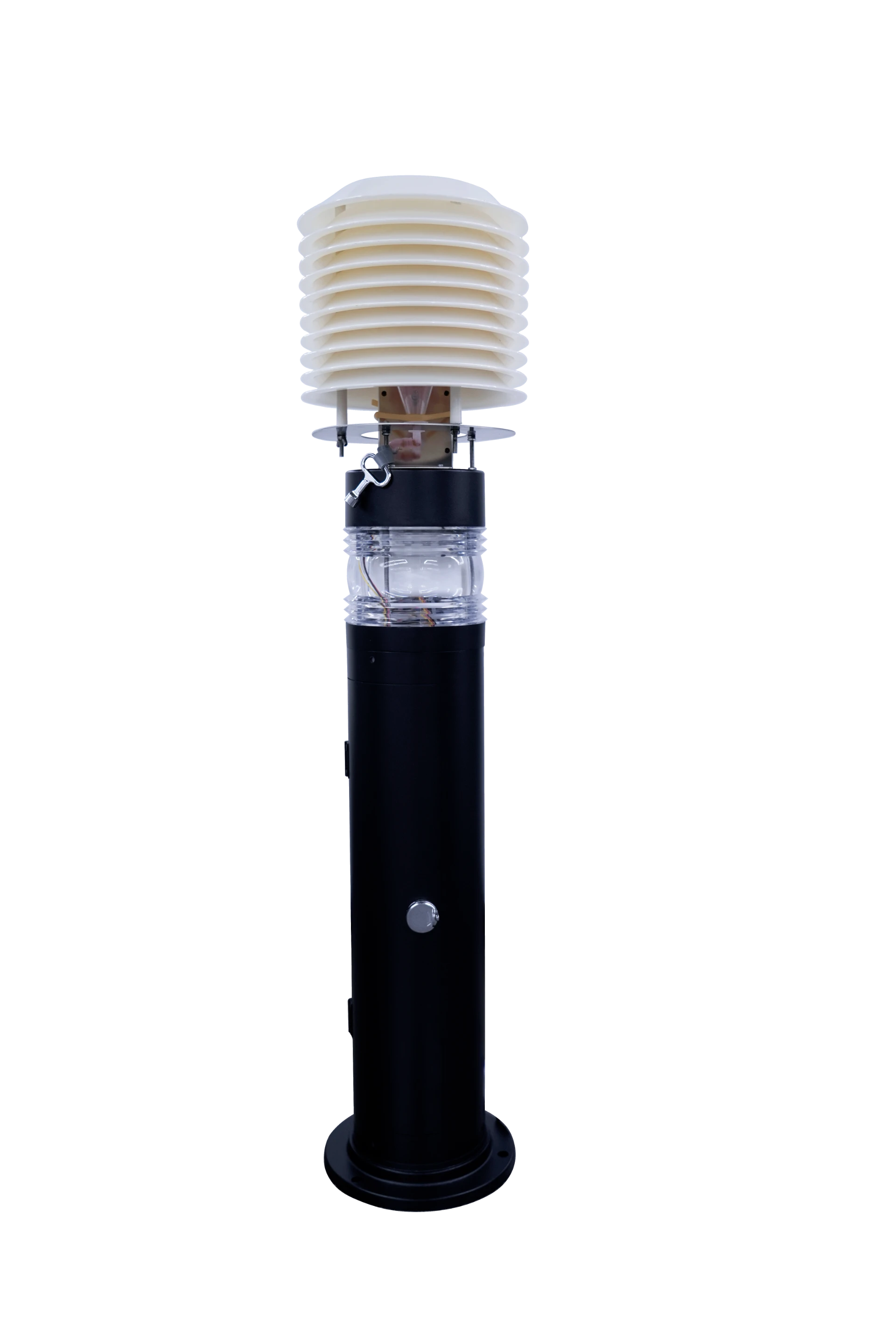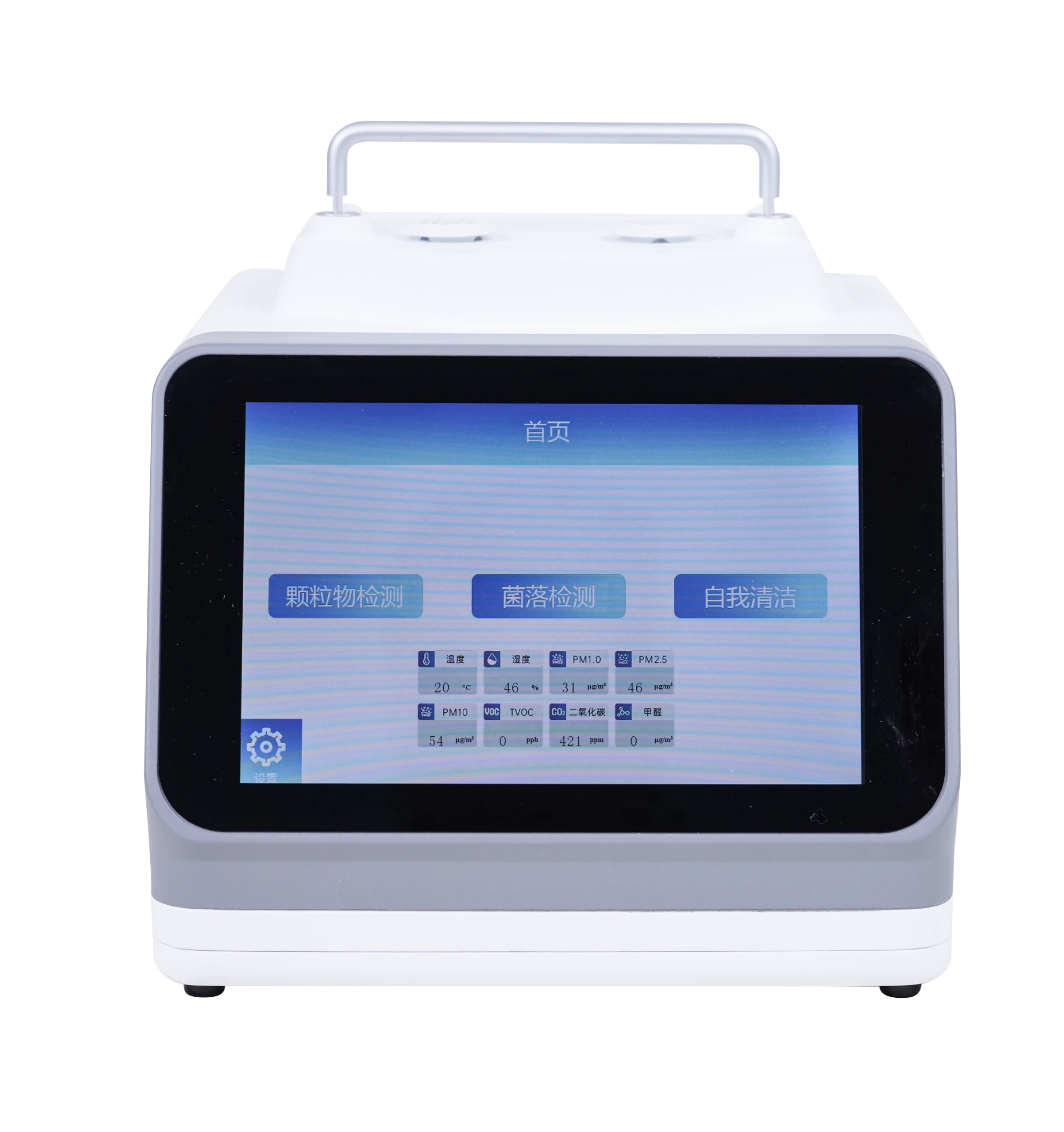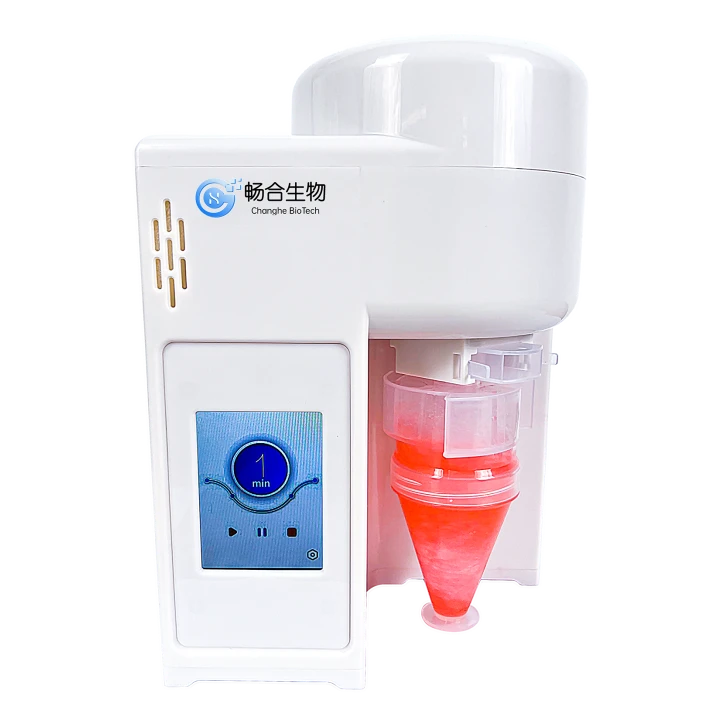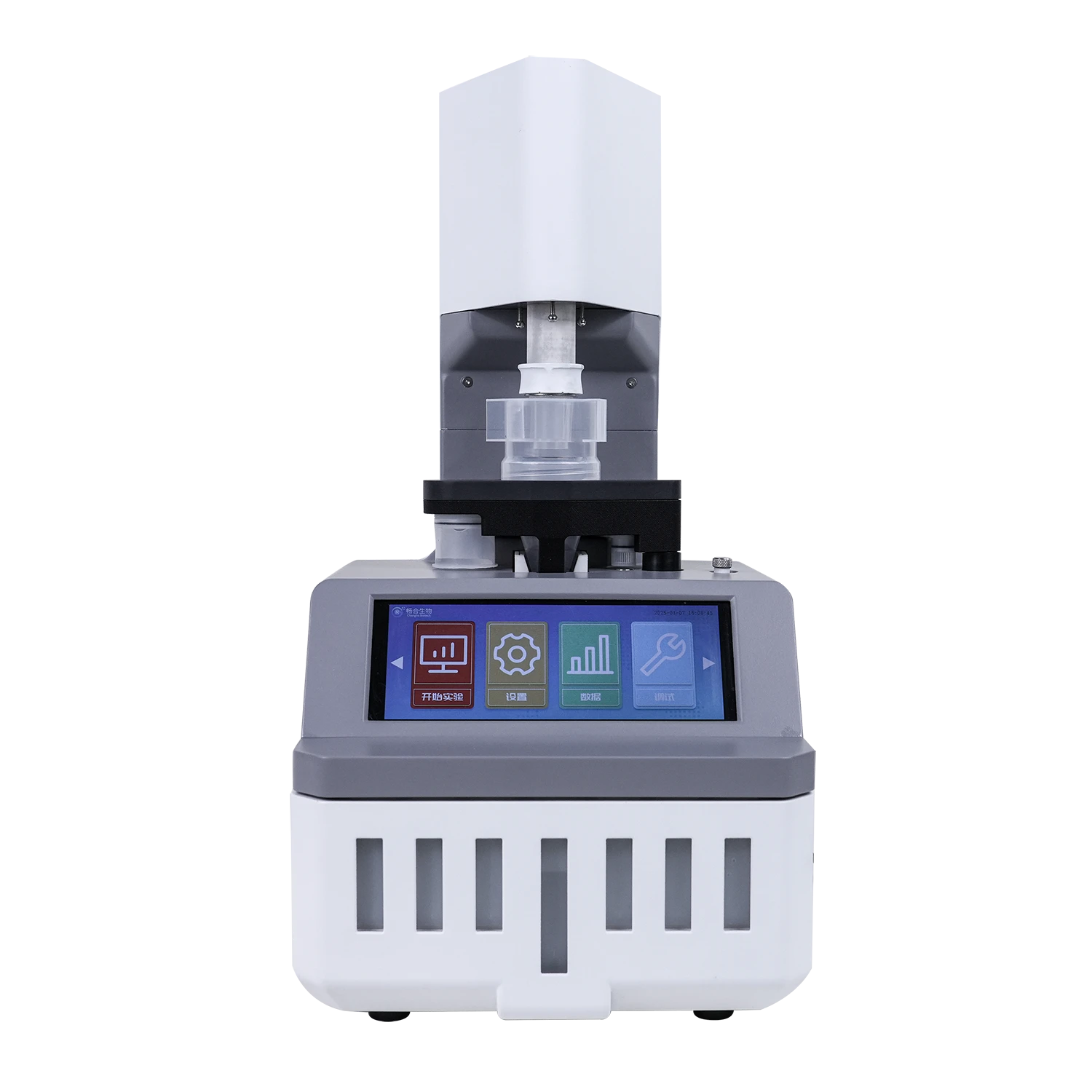
Advanced Bioaerosol Detection for Accurate Air and Mold Testing
Bioaerosol detection has become a critical pillar in environmental monitoring, industrial hygiene, and public health. Modern requirements for air and mold testing, air sample mold test, and toxic mold detection call for innovative sampling and analytical tools. Marked by evolving industry standards (ISO, FDA), cutting-edge product engineering, and growing regulatory pressure, the domain of bioaerosol detection is undergoing rapid transformation. This article evaluates recent trends, breakthrough technologies, and real-world applications, focusing on the Continous Bioaerosol Sampler—a benchmark device in this industry segment.
Industry Trends in Bioaerosol Detection: Market & Technology Insights
According to MarketsAndMarkets, the global bioaerosol detection market exceeded USD 1.8 billion in 2023, with a projected CAGR of 9.4% through 2028. Driving factors include heightened concern over airborne pathogens, tightening OSHA standards, and increased deployment in industries such as pharmaceuticals, semiconductor cleanrooms, metallurgy, and petrochemicals.
The increasing incident rate of toxic mold in HVAC and water treatment applications further underscores the necessity for robust air and mold testing and rapid toxic mold detection systems.
- 2024 forecast: 68% of new pharmaceutical cleanroom builds include real-time bioaerosol monitoring.
- Regulatory Trends: ISO 14698, ISO 8573-7, and FDA cGMP standards drive technology adoption.
- Top sectors adopting: Hospital operating rooms, semiconductor fabrication, municipal water, petrochemicals, metallurgy.
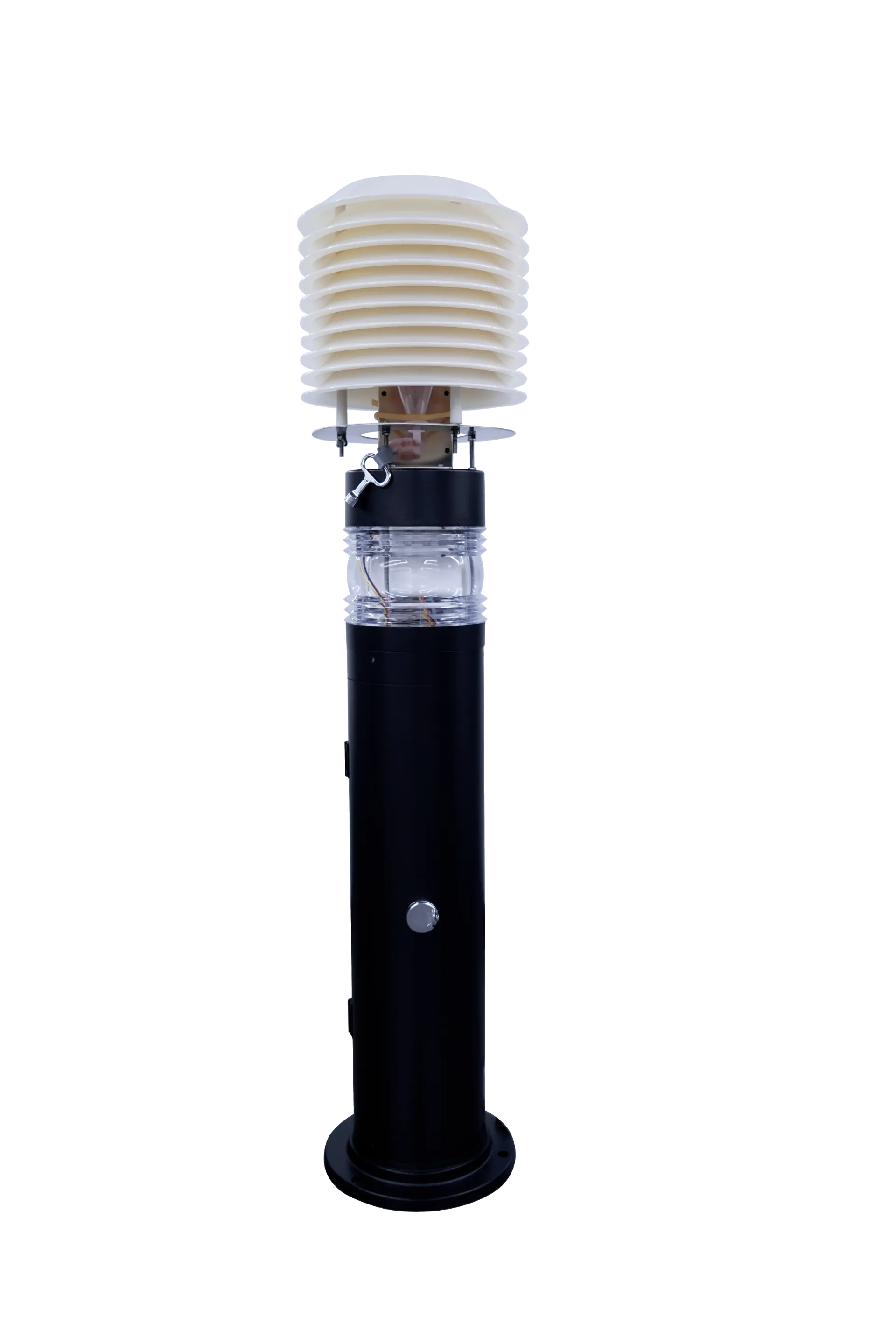
Core Technical Parameters in Bioaerosol Detection Solutions
| Parameter | Typical Range (Industry) | Continous Bioaerosol Sampler |
|---|---|---|
| Sampling Flow Rate | 2 - 100 L/min | 15 - 30 L/min (user-selectable) |
| Particle Detection Size | 0.5 - 12 µm | 0.5 - 10 µm |
| Detection Sensitivity | 30 - 100 CFU/m3 | < 20 CFU/m3 |
| Data Output | Analog, Digital, Wireless | Digital (USB, RS485, WiFi) |
| Compliance Standard | ISO 14698/ FDA 21CFR11 | ISO 14698/ CE/ FDA |
| Operating Temp. | 0 – 50°C | -10 – 50°C |
| Materials | ABS, Stainless Steel, Aluminum | 316L Stainless Steel/ Anodized Al |
| Lifetime | 3 – 6 Years | >8 Years (ISO tested) |
Bioaerosol Detection Workflow: Manufacturing & Engineering Process
316L Stainless Steel
ISO 9001 batch-verified
CNC + Anodizing
CNC (±0.01 mm), Anodize, Passivation
ISO/ANSI Modules
HEPA filter, sampling pumps, sensors
ISO 14698, CE
Microbial challenge, sensitivity testing
Anti-static, Pallet, ASTM Labels
Learn more: Continuous Bioaerosol Sampler manufacturing details
Material & Process Advantages of Continous Bioaerosol Sampler
- Superior 316L Stainless Steel Enclosure: Outstanding corrosion resistance, acid/base handling (ISO 9227 certified), ideal for petrochemical & marine sectors.
- Precision CNC & Robotic Welding: Ensures leak-proof design, longevity in harsh environments (>8 years estimated lifecycle).
- HEPA-grade Filtration Module: Filters particles down to 0.3 µm, exceeding EPA environmental lab requirements.
- Digital Control & Data Export: USB/RS485/Wi-Fi, real-time monitoring via web portal/API, plug-and-play enabled.
- Calibration & Validation: Each instrument is ISO 14698-1 and FDA 21 CFR Part 11 compliant, with +0.5% sensitivity repeatability (third-party verified).
- Anti-Contamination Design: Autoclavable sampling head, autoclean cycles, optional anti-fungal polymer seals – supports tested air and mold testing demands.
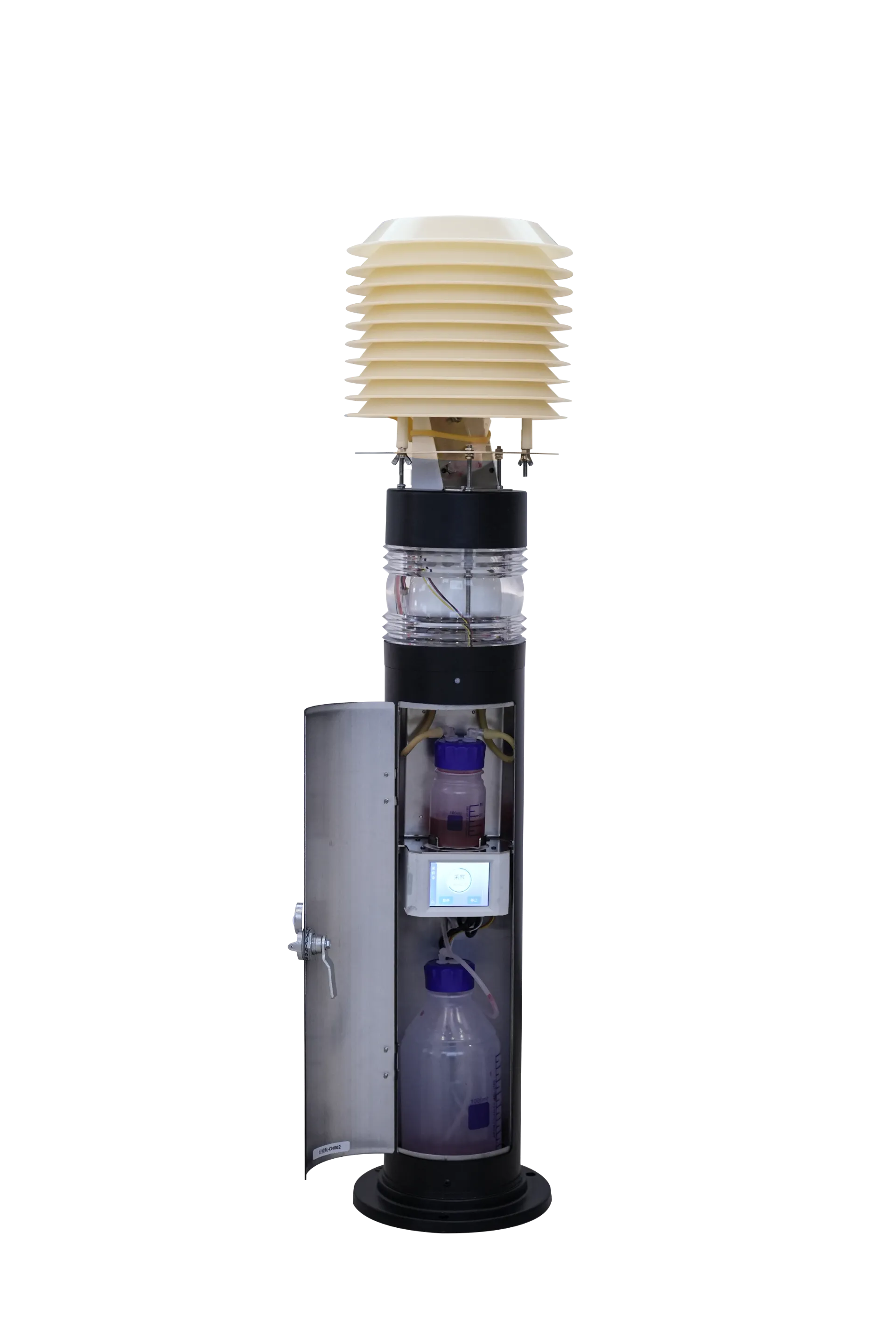
Bioaerosol Detection: Third-Party Test Data & Standards Compliance
- ISO/FDA validation: Devices fully validated under ISO 14698-1, ISO 8573-7, and FDA cGMP protocols.
- Lifecycle test: 10,000+ sampling hours with <1% drift in sensitivity (TÜV SÜD report 2023).
- Industry certification: CE-EMC, RoHS, SGS/FDA product registration (see official site).
- Case study: In China petrochemicals, airborne toxic mold (Aspergillus, Penicillium) detection improved by 92% using Continous Sampler vs. manual swab, per 2023 API test report.
Application Scenarios & Case Studies
- Cleanroom Monitoring (Semiconductor fabs, Pharma): Real-time particle count & mold spore surveillance cuts batch rejection rates by 74% (2023 Semicon Intl data).
- Water Treatment & Distribution: Early warning of Legionella and toxic mold detection—meets EPA SDWA and WHO guidelines.
- Petrochemical & Metallurgy: Corrosion-proof design withstands acid vapor; remote data enables predictive maintenance.
- Hospital HVAC & Critical Healthcare: Automated air sample mold test prevents hospital-acquired infections (HAIs).
- R&D, Environmental Surveying: Robust field deployability, battery/solar options for remote outdoor sampling.
Customization & Project Delivery
- Custom sampling heads (for large particles or viral aerosols), enclosure colors/materials, hazardous area (ATEX/IECEx) variants available.
- Delivery: Standard delivery 2-4 weeks; urgent delivery in 10-14 days for repeat buyers.
- Warranty: 24 months standard, extendable to 4 years (on-site support optional).
- Worldwide on-site installation, ISO-compliant scripts, staff training, and annual calibration included with bulk contracts.
FAQ: Technical & Engineering Questions for Bioaerosol Detection
Why Choose Continous Bioaerosol Sampler? Manufacturer & Global Service Comparison
| Criteria | Continous Sampler | Leading Competitor | Mid-range Supplier |
|---|---|---|---|
| Detection Limit (CFU/m3) |
< 20 | 35-60 | 80-120 |
| Accreditation | ISO 14698, FDA, CE | ISO 14698, CE | ISO 9001 |
| Data Integration | USB, RS485, WiFi, API | RS485, USB | USB only |
| Validation Support | Full IQ/OQ/PQ & IQ-ISO 7 | OQ/PQ | None |
| Warranty | 2–4 Years | 1 Year | 1 Year |
| Onsite Service | 24/7 global (+OEM) | EU/NA only | Asia only |
- Free expert consultation and application assessment.
- Project case-studies and references upon request.
- All test data and calibration certificates provided for regulatory submission.
- 24/7 multilingual technical support.
References & Further Reading
- MarketsandMarkets: Bioaerosol Detection Market Report.
- Journal of Aerosol Science: Recent trends in bioaerosol sampling.
- ISO 14698-1:2003: Cleanroom bioaerosol monitoring standard.
- American Society of Microbiology: Performance analysis of bioaerosol samplers.
For further technical literature or validated case studies, see Continous Bioaerosol Sampler Official Page.
Content compiled by industry engineers and peer-reviewed for technical accuracy (2024, CC License).
-
AI-Powered Air Bacteria Sampling w/GPT-4 TurboNewsAug.01,2025
-
AI Air Sampling Bacteria Detection Kit | Accurate & FastNewsAug.01,2025
-
Accurate Air Mold Test with GPT-4 Turbo | Fast ResultsNewsJul.31,2025
-
High-Accuracy PCR Panel for Cats – Fast Diagnosis & Reliable ResultsNewsJul.30,2025
-
PCR Panel for Cats - Accurate Feline Diagnostics SolutionsNewsJul.29,2025

